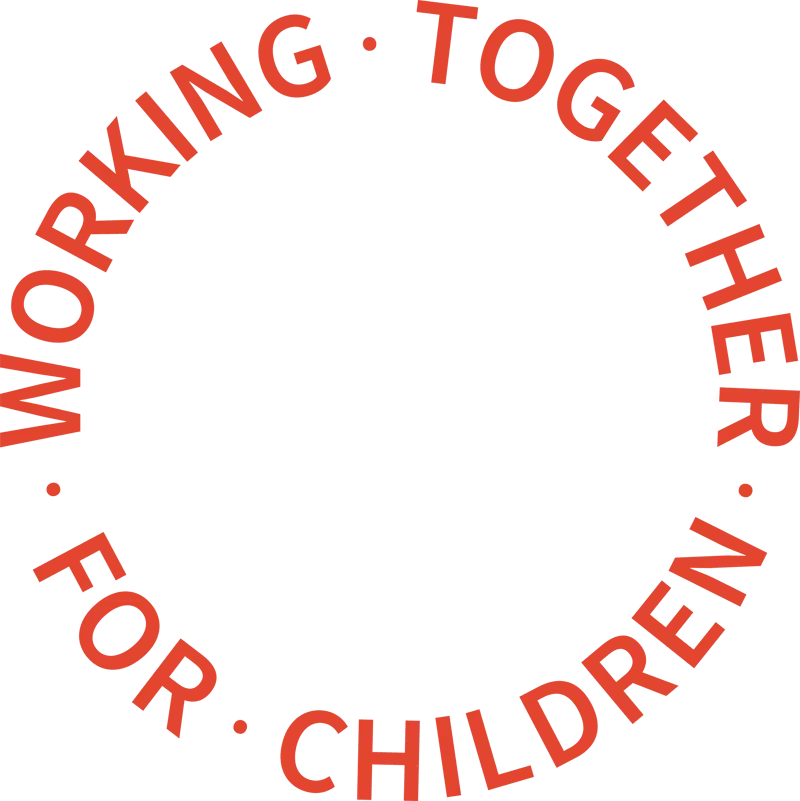Expert in attachment theory, Terence Simmons, explains why social workers need specific training
Attachment theory is a theory that suggests a psychological bond between individuals that has consequences across the life-span for the way relationships develop and how people behave towards other people.
Attachment can be characterised as an invisible bond formed in relationships. Initially this is between parents or other carers and the children they look after, and is observed as a tendency for the child to want to be close to a preferred carer at times of stress or anxiety. Who is preferred normally changes through the life span and attachment is not a fixed aspect of development as it is influenced by culture and can change through context.
The term ‘attachment theory’ originated with psychoanalyst John Bowlby following the Second World War as he drew together a large body of theoretical work, including that of Piaget and Melanie Klein, to try to understand the psychological underpinnings of the relationship between parents and their children. Throughout history that bond has been characterised in a number of ways such as a duty, a ‘drive’ or as an ‘affectional bond’.
Bowlby suggested the existence of a separate psychological system, necessary for survival, arising as the result of evolutionary pressures and shaped by social situations. The result is a bond that generates largely unconscious schema or ideas about the way the self is, what the world is like, how others are and the nature of relationships between people.
It is unlikely that social workers are sufficiently trained in attachment theory
In a recent report by The Ministry of Justice (‘The use of experts in family law’) it was suggested by some of the participants in the study that an assessment of attachment needed psychological input.
Psychologists do have training in important aspects of attachment theory such as the relationship with brain development or the place of cognitive functioning. However, more important than the perspective from which the training is delivered is a proper understanding of the subject. A social worker with a deep understanding of attachment theory is to be preferred over an apparently more highly qualified practitioner who does not possess this skill.
Because attachment theory is so central to an understanding of relationships, it is vital that social workers receive a high level of training in attachment theory and learn how to apply that learning within observation.
Attachment continues to be seen as one of the fundamental areas of knowledge necessary for competent social work. In her child protection report, Professor Munro said that all social workers should be trained in attachment theory. Sir Martin Narey’s more recent report on the education of social workers in 2014 said that, at graduation, a newly qualified children’s social worker should have a comprehensive grasp of the basics of attachment theory along with other factors such as child development, the longer term impact of neglect and maltreatment on children and communicating with children.
Narey’s reiteration suggests that the gap identified by Munro remains to be filled. Attachment theory is always referred to as being an important part of social work, yet the average social worker rarely receives adequate training to carry out attachment assessments.
Social workers usually have to make a personal sacrifice to achieve the training they need. When I became an independent social worker, I was determined to make attachment and parenting a specialism and sought appropriate training. If I had remained in a local authority setting, I would have probably always been too busy with caseloads to take the time necessary to learn thoroughly about attachment. Therefore, it is vital that educators and employers give social workers the support and time necessary to develop their knowledge and skills in this vital area.
Insecure attachments are not necessarily bad
Estimates vary, but broadly speaking, figures show that around 50 per cent of individuals have a secure attachment while around 25 per cent have avoidant/dismissive attachment and the remaining 25 per cent have anxious/preoccupied attachments. The three attachments can be seen in the response of a parent to a child falling over and hurting their knee. The response of a securely attached child would be to look for their preferred carer – what Bowlby would describe as the ‘secure base’ or ‘safe haven’. A person who has a secure attachment style themselves would provide immediate comfort to the child, reassuring them and showing them they have understood by offering an ‘attend’ (“Oh, you’ve hurt your knee”) and perhaps kissing it better or getting a plaster and calming the child down. The preoccupied parent might run to the anxiously attached child and completely over-react suggesting an ambulance should be called and possibly crying themselves, heightening the emotional distress of the child. The child with the avoidant attachment might get up and carry on playing, knowing that their parent’s dismissive reaction would be to ‘suck it up’ and ‘get on with things’.
There are many factors in life that might affect attachment development. For example, it might be very difficult for a mother suffering post-natal depression to be consistently sensitive to a baby’s needs as when you are depressed it is difficult to focus on anyone else. Even then, this may not be problematic. The commonly accepted wisdom is that babies aged 0-6 months do not have a preferred carer. Therefore, as long as there is another caring, sensitive presence, the baby’s needs are likely to be met.
There is an assumption that secure is good and all else is bad yet only half the world is in the secure range and those in the insecure range have learned to organise their responses accordingly. For example, if a child is playing with Lego and knows that their carer would not want them to randomly put a few bricks together, but would want a house built, the child would probably build a house to please the carer in order to get positive feedback and ensure their needs are met. The child therefore organises their response according to their experience of their parent’s attachment style and though it may not be ideal, it is not harmful.
If the parenting is dysfunctional, the child becomes dysfunctional
Most people get most of their needs met most of the time. However, if a parent’s response to a child’s attachment cues are too negative or intrusive, the child cannot organise their responses and may develop problems. With girls, this is often internalising problems such as depression or eating problems. With boys, it manifests as externalising problems such as poor behavioural control. It depends on how poor the childhood experience is. If the parenting has been particularly dysfunctional, the child cannot organise their response. Because the child never knows what reaction to expect from a parent, they can’t predict what will happen and can’t organise their behaviour. You then begin to see unpredictable and inconsistent behaviour. For example, children who walk up to another child with a smile and then hit the other child.
There is very definitely a link between poor attachment experiences, psychological problems, psychiatric conditions and criminalised behaviour. At its most extreme the kind of disturbed internal models developed by individuals with attachment disorders can be a contributing factor in serious crimes against the person. A negative attachment experience can be highly damaging yet by the time the child is 5, 6 or 7 years old, poor attachment can be very difficult to treat except through a reparative attachment experience.
The government’s recent announcement on reforms to Special Guardianship Orders which looks at the prospective guardian’s parenting capacity are to be welcomed. There has tended to be an assumption that if someone is good enough and kind enough to want to look after someone else’s child then that is all you need. However if a child with an insecure attachment is placed with a person with an equally insecure attachment, that child is not likely to get their needs met and the placement may break down and the child further damaged emotionally.
Foster carers need attachment theory and parenting training
Even if a child has had a damaging attachment experience in their family, removal is itself traumatic and carers need training in order to offer a nurturing attachment experience. For example, placing a child with a dismissive foster carer whose attitude is ‘well, life is tough, you better get used to it’, is not likely to provide a reparative attachment experience and may traumatise the child further. What the child needs is an emotionally warm environment with someone who understands loss and attachment and applies this in their behaviour.
Attachment theory training alone is not enough though. There needs to be thorough training on how parenting style can contribute to a child’s attachment security or insecurity. In addition, all foster carers, special guardians and adopters should have a proper attachment assessment. Currently, whether that happens is down to the skills of the individual social worker conducting the assessment and whether they have received adequate and appropriate training.
Observation is crucial
My advice to those social workers who haven’t been properly trained is to avoid trying to categorise attachment. They can still describe what they see in terms of relationships and reciprocal behaviours between parents and children without diagnosing attachment problems. Nevertheless, it is important that a social worker goes beyond just providing a narrative account and this raises the importance of observation. It is absolutely crucial and important in career progression to develop a framework of understanding human behaviour and to be able to link that theory to what is being observed.
Terence is running a series of training courses on Attachment Theory, which are available to all social workers and discount is provided to all WillisPlamer contractors.

